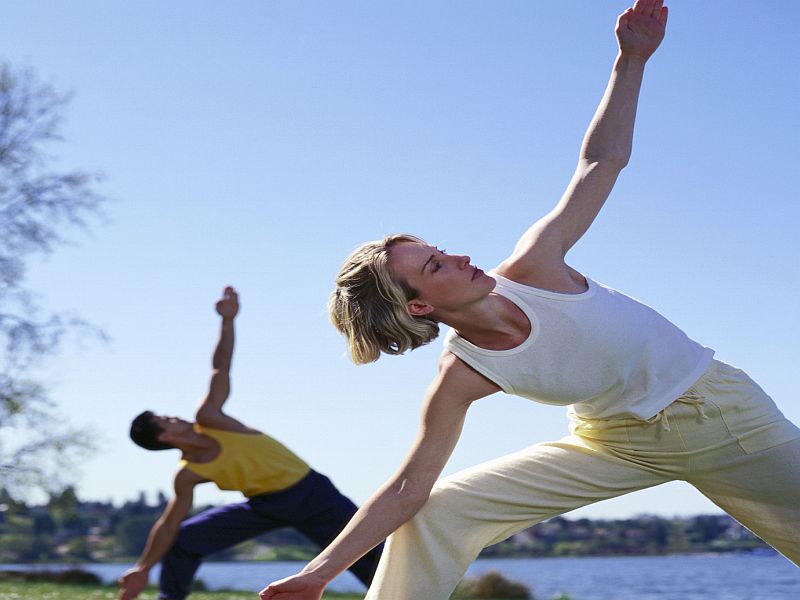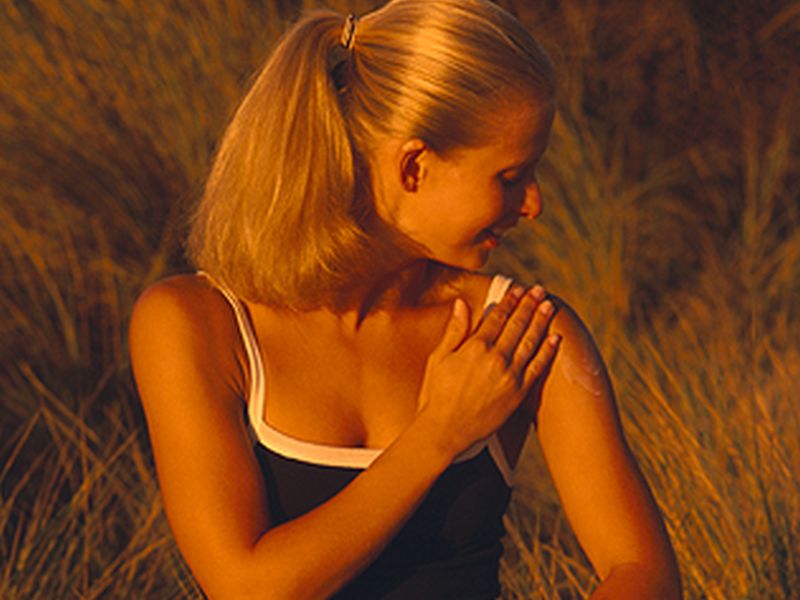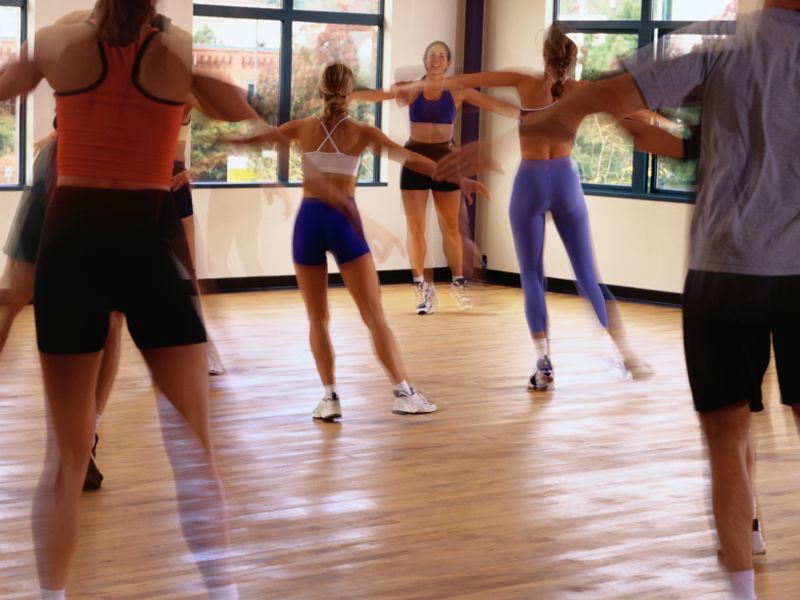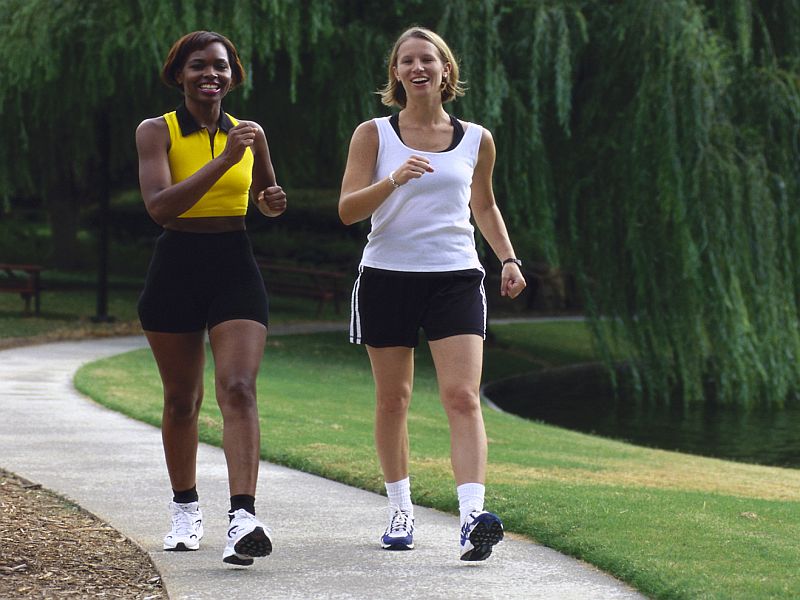
If you’re looking for simple yet effective exercises to work chest muscles, put the pec press and pec fly on your list. Both also target the shoulder muscles, and the press works the triceps of the upper arm. For the pec press, lie on your back on a weight bench with a dumbbell in each… read on >
























-300x200.jpeg)





